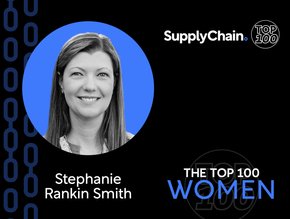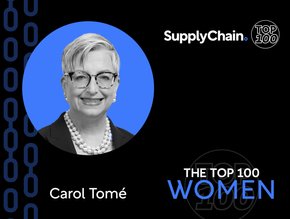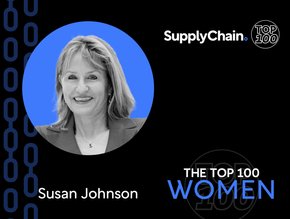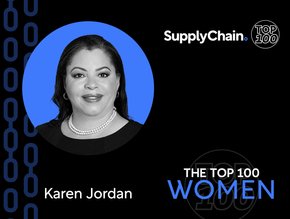Tackling environmental & economic challenges in supply chain
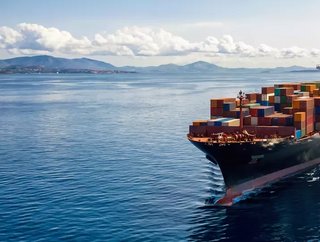
Overcoming modern challenges will require supply chain to become more purpose-driven, according to Gartner.
The information services company was founded in Stamford, USA in 1979 and has a revenue of $4bn.
Gartner suggested three changes supply chain leaders should make to address important issues at the virtual Gartner Supply Chain Symposium/Xpo - a gathering of CSCOs and supply chain executives.
“We’re not the first supply chain leaders to hear the scientist’s warnings, but we are the last that still have time to heed that code red for humanity”, said Simon Bailey, senior director analyst at Gartner. “Because without action, the sustainability of both planet and profit are threatened.”
The three main actions are:
Pivot to sustainable profit
Sustainable profit consists of:
- Resilient profit: Supply chains must cope with the rising rate of disruption the world experiences, including shortage of materials and workers
- Durable profit: Businesses must adapt to new realities to deliver long-term profit
- Holistic profit: Supply chains must account for externalities that are a result of their activities which could affect others, such as impact on soil quality
“There are many examples of companies that have adopted a broader definition of profit to guide their organisations who now outperform their peers,” said Dana Stiffler, vice president analyst at Gartner Supply Chain practice. “Stakeholder groups such as investors, customers, suppliers and employees have all responded well to the new focus on truly sustainable profit.”
Make purpose personal
“There’s a clear business pay-off connected to shared purpose”, said Stiffler. “Gartner research sees a 26% increase in workforce health when work is personally relevant to an employee and 50% improvement in employee engagement when a company takes action on social issues.”
According to Stiffler, today’s professionals want to do meaningful work and not be left exhausted. The supply chain leader’s job is to create a shared purpose: make clear the connections between their hard work, the company’s objectives, and bigger and more impactful aims.
Build value-aligned ecosystems
A value-aligned ecosystem is a network of equal partners where all participants trade their capabilities through equitable value-exchange.
“Leading organisations are rapidly increasing the number of ecosystem partners because they see value in being part of something bigger and leveraging novel partnerships, with new ways of working in value aligned ecosystems,” said Bailey.
A Gartner survey between March and May 2021 among 400 companies in 18 industries, found that today’s main drivers of ecosystem partnerships are:
- Efficiency
- Service
However, in three years, it is predicted that the main drivers will be:
- Innovation
- Purpose

